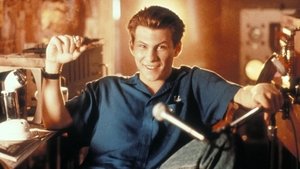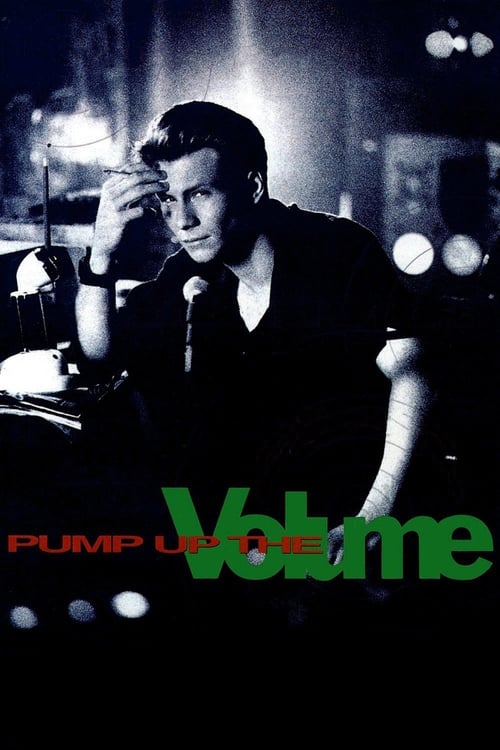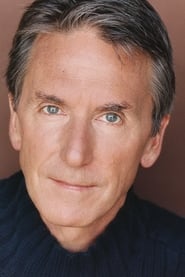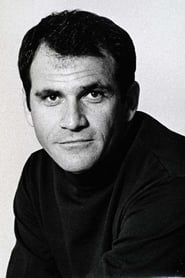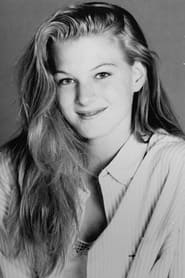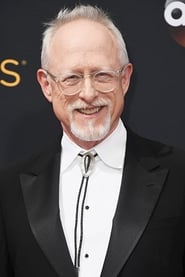Cast
View AllChristian Slater
as Mark Hunter
Samantha Mathis
as Nora Diniro
Annie Ross
as Loretta Creswood
Scott Paulin
as Brian Hunter
Mimi Kennedy
as Marla Hunter
Andy Romano
as Murdock
Keith Stuart Thayer
as Luis Chavez
Cheryl Pollak
as Paige Woodward
Jeff Chamberlain
as Mr. Woodward
Lala Sloatman
as Janie
Holly Sampson
as Cheryl Biggs
Seth Green
as Joey
Robert Schenkkan
as David Deaver
Ellen Greene
as Jan Emerson
Anthony Lucero
as Malcolm Kaiser
Crew
Director
- Allan Moyle
Producer
- Sandy Stern
- Rupert Harvey
Reviews
Filipe Manuel Neto
**A duel of generations, a school, angry teenagers and lots of rock.**
This is a film for young adults that takes advantage of traditional teenage rebellion and the talent of Christian Slater, a good script and a good soundtrack. It's not masterful, but it's ideal for a Saturday afternoon and has aged very well: thirty years after it was made and marketed, it's still young and fresh.
The story focuses on a clandestine radio station created by an angry and angry teenager who was forced to move house and is in a place where he doesn't know anyone and doesn't even feel comfortable. The radio is an outlet, it is a means of expressing inner anger, and it is nothing truly serious, but it becomes increasingly relevant as it acquires a very loyal local audience, who listen to him as if he were a guru without even knowing it. his identity, and allows himself to be carried away by his words in a wave of riots and protests that are directed, in particular, against the management of the local high school.
The story is quite good, it is well written, and the duel between the two characters (the young teenager assumed to be the radio presenter and the plenipotentiary director of the school) mirrors not only the oldest conflict of generations but also the permanent conflict between powerful and weak in society. None of this is particularly new, but the way it is served and presented was creative and wonderfully entertaining. The problem here is that it's a film for teenagers, it's too light, and it lacks secondary characters that are at least as complete and impactful as the two central characters.
Christian Slater lived in his youth, the happiest days of his career, and gave us good characters in good films. With time and success, he became a star and almost a synonym of rebellion and irreverence, an apprentice of James Dean who exploded onto the screen, guaranteeing the success of his films and the influx of young people to the cinema. Time, however, would show that Slater was, in each film, playing a single character, which was the one he tried to revive in his personal life, increasingly complicated by addictions and problems with the authorities. Annie Ross, on the other hand, gives us mature, well-developed work, suitably dark and dense, never allowing Slater to feel alone in the spotlight.
On a technical level, it is in the soundtrack that we find the film's strong point. The songs include hit songs by Leonard Cohen, Pixies, Ivan Neville and Cowboy Junkies, and most of them are very easy to know for anyone who lived through the 90s and 2000s, that is, everyone or almost everyone. The rest doesn't really matter: with no mistakes to regret, it doesn't exceed the average at any particular point.
Nov 19, 2023
Thematic Analysis
As a dramatic work, Pump Up the Volume examines complex human relationships and emotional struggles against the backdrop of a period setting that reflects societal issues of its time. The character development particularly stands out, offering viewers a chance to reflect on their own life journeys.
Director Allan Moyle brings their distinctive visual style to this film, continuing their exploration of themes seen in their previous works while adding new elements. Their approach to character development and emotional depth creates a viewing experience that rewards close attention.
Released in 1990, the film exists within a cultural context that now offers viewers historical perspective on the social issues of that era. Its critical acclaim reflects its artistic achievements and its place in cinema history.
Did You Know?
- The production of Pump Up the Volume took approximately 28 months from pre-production to final cut.
- The final cut of the film runs for 105 minutes, though the director's initial assembly was reportedly 161 minutes long.
- The film contains approximately 2350 individual shots.
- The cast underwent specialized training for 6 weeks before filming began.
- Some visual effects sequences took up to 12 months to complete.
Historical Context
- In 1990, when this film was released:
- Globalization was accelerating economic and cultural exchange.
- The internet was beginning to transform communication and information access.
- Independent cinema was growing in influence, challenging the dominance of major studios.
How This Film Stands Out
While Pump Up the Volume shares thematic elements with other films in its genre, it distinguishes itself through its unique approach to storytelling, visual style, and character development.
Unlike The Restless Ones, which focuses more on action than character development, Pump Up the Volume offers a fresh perspective through its innovative visual language and narrative structure.
While films like 3rd Reich Mothers, in the Name of the Master Race and Bratz explore similar territory, Pump Up the Volume stands apart through its deeper exploration of its central themes and more complex characterization.
This film's unique contribution to cinema lies in its bold artistic choices and willingness to challenge viewer expectations, making it a valuable addition to its genre.
Details
- Release Date: August 22, 1990
- Runtime: 1h 45m
- Revenue: $11,500,000
